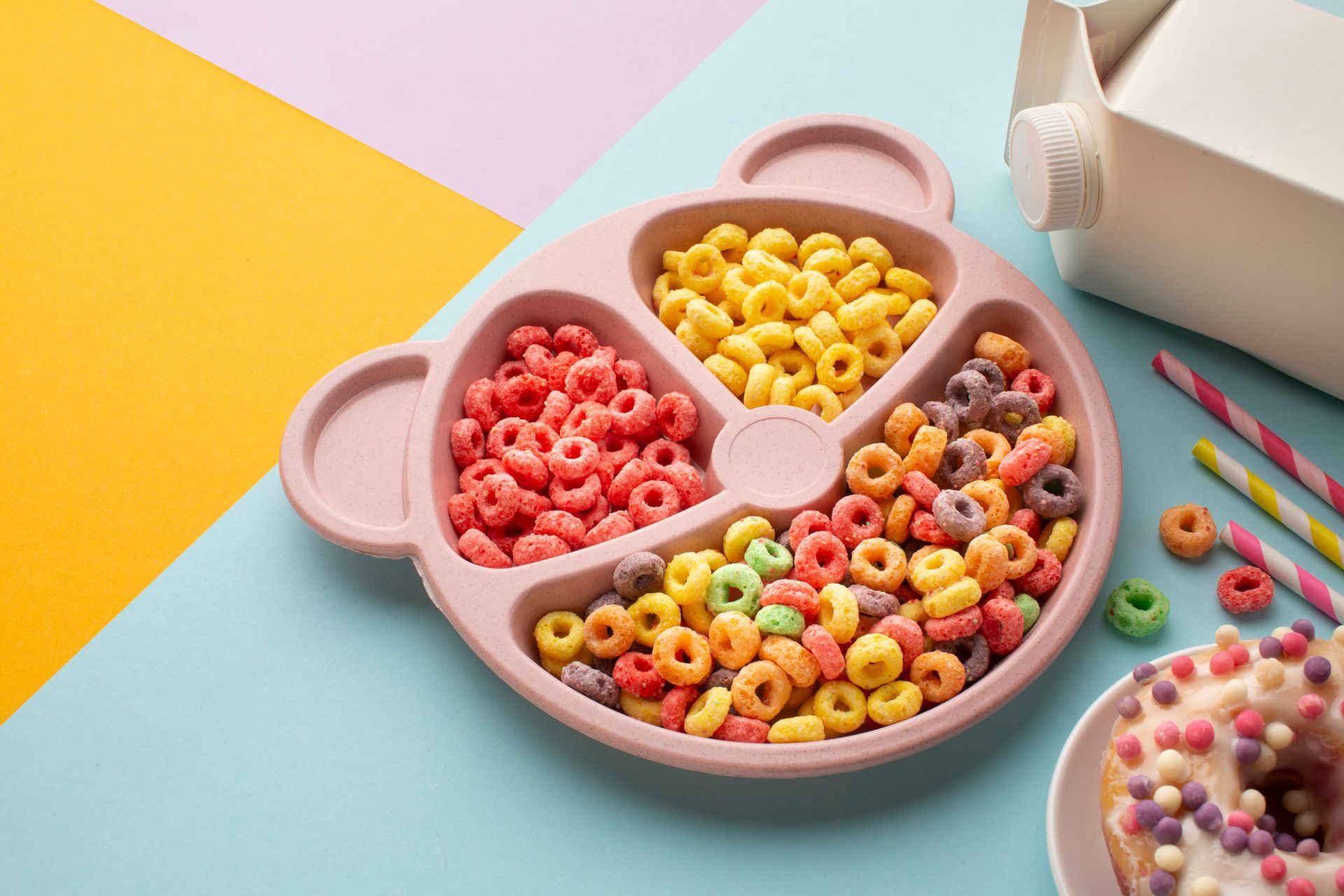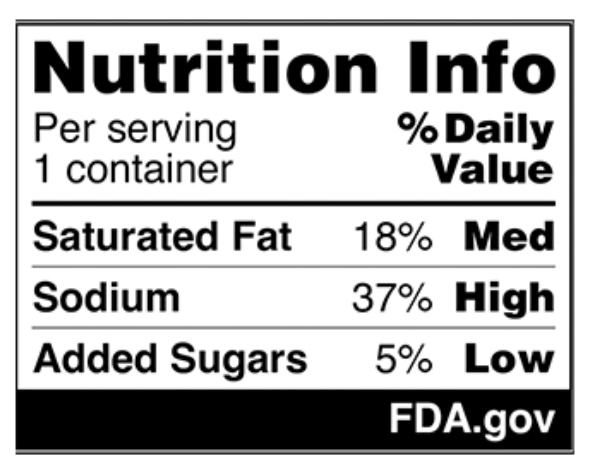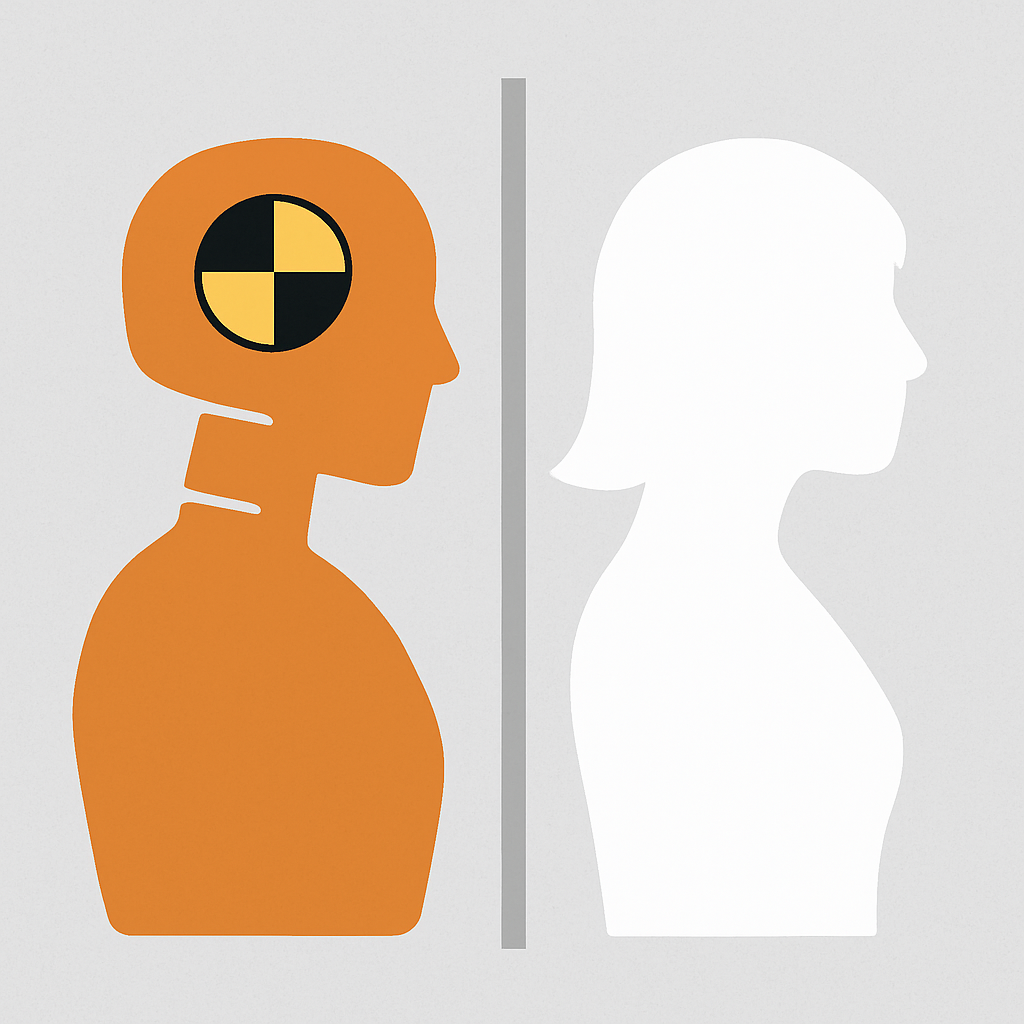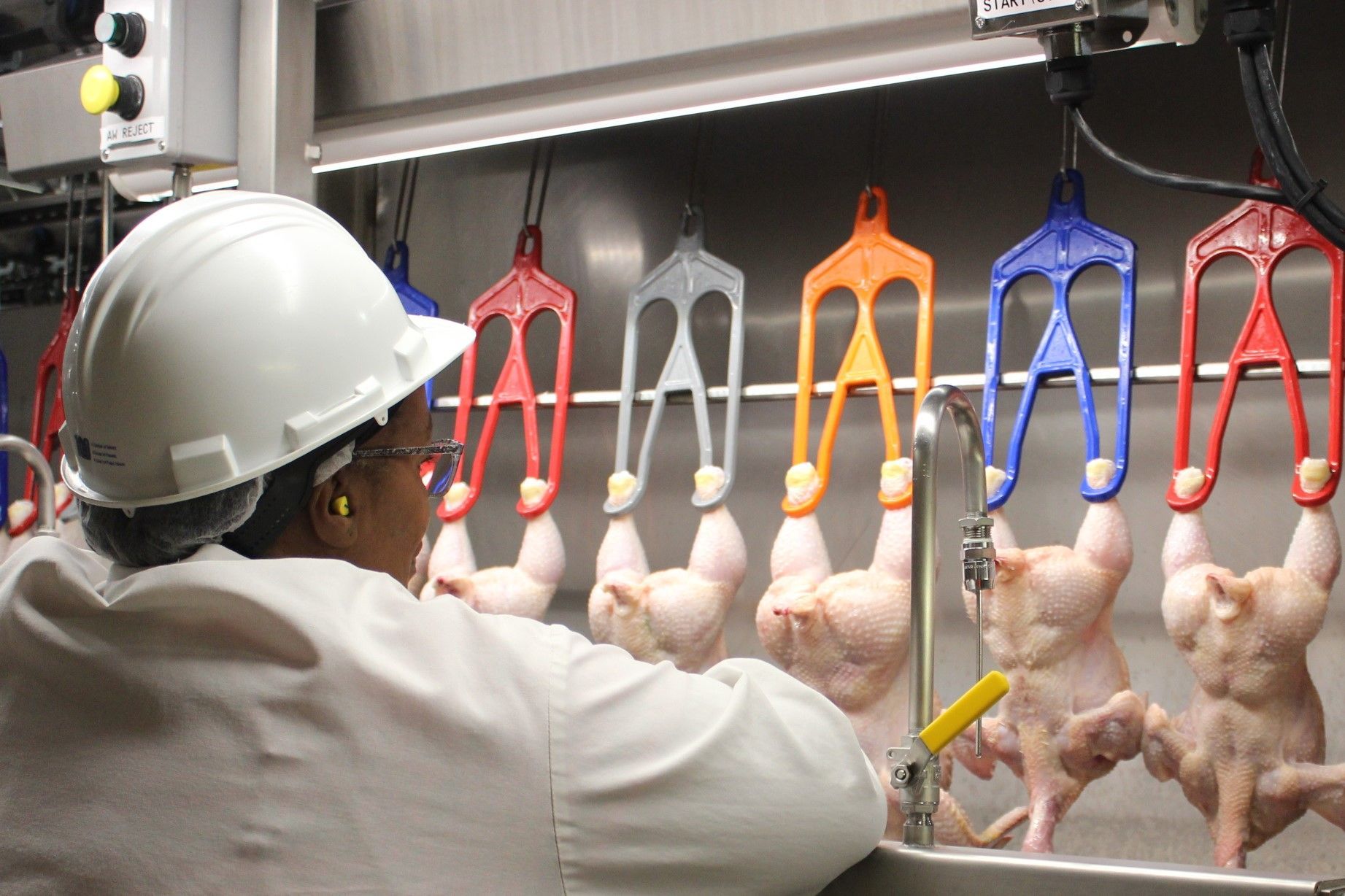IT'S TOY SAFETY AWARENESS MONTH!
This month, the Toy Association has launched its first-ever "Toy Safety Awareness Month, the purpose of which is to educate parents and caregivers about safe toy shopping, safe product selection and safe play at home. The initiative will also encourage Toy Association members and others in the play industry to share helpful safety tips with consumers on their social media channels, websites, and in stores.
“As we approach the holidays, toys are top-of-mind for parents, grandparents, aunts and uncles, and other caregivers who plan to make the season magical for the kids in their lives,” said Adrienne Appell, senior vice president of marketing communications at The Toy Association. “The timing is also right to remind families of essential safety advice to help ensure playtime is both fun and safe once the gifts are unwrapped and throughout the year. That’s why we are launching Toy Safety Awareness Month and encourage the entire play community to get involved! We are looking forward to sharing our play safety messages with a wide audience of parents and caregivers this holiday season and to highlighting the toy industry’s commitment to safe play,” added Appell.
When we consider the recent statistics from the U.S. Consumer Product Safety Commission (CPSC) on deaths and emergency department (ED) treated injuries associated with toys, it is easy to understand why the Toy Association made its decision to focus on toy safety. In 2020, CPSC's staff received reports of 9 toy-related deaths among children 14 years of age or younger involving a balloon, a rubber ball due to airway obstruction, a stuffed toy in an unsafe sleep environment, choking or inhalation on small parts of a toy and suffocation in a toy chest. In addition to these fatalities, an estimated 200,000 toy-related injuries were treated in U.S. hospital emergency departments, and males accounted for 57% of these injuries. Of the estimated 200,000 toy-related injuries, 75% were sustained by children 14 years of age or younger, 73% were sustained by children 12 years of age or younger and 40% by children 4 years of age or younger. 42% of the injuries were classified as lacerations, contusions, or abrasions, and 47% were injuries to the head and face area, the most commonly affected area of the body. The good news is that 93% of the ED-treated, toy-related injury victims were treated and released. Nonmotorized scooters were associated with the most estimated injuries among all toys for all ages, but building sets was responsible for most injuries to children 4 years of age or younger.
With these alarming statistics in mind, here are just a few safety tips provided by the Toy Association that parents may want to keep in mind when purchasing toys for any children, their own or others:
- Check toys for age, skill level and developmental appropriateness
- Look for labels that assure you the toys have gone through a safety inspection.
- Do NOT give toys with ropes, cords or heating elements.
- Do NOT give toys with small parts. If the piece can fit inside a toilet paper roll, it is not appropriate for kids under age 3.
- Gifts of sports equipment should always be accompanied by protective gear. (e.g., give a helmet with a bicycle, give arm and leg protective gear with roller blades, etc.)
In short, remember that safe toys are sturdy, unbreakable, washable and non-toxic. Unsafe toys have strings, small parts, sharp points and electrical parts. If you keep these and other safety tips in mind, you and your children should enjoy not only a joyful holiday season but equally, if not more important, a safe season. Remember, the more informed you are, the safer you will be.
Happy Holidays from The Warnings Doctor!
Check out my latest podcast "EXPOSED! An Exclusive Look Behind the Curtain of Corporate Greed"
Check out my book "Murder, Inc.: How Unregulated Industry Kills or Injures Thousands of Americans Every Year...And What You Can Do About It". Available in Hardcover, Paperback, Kindle & Audiobook on Amazon now.














